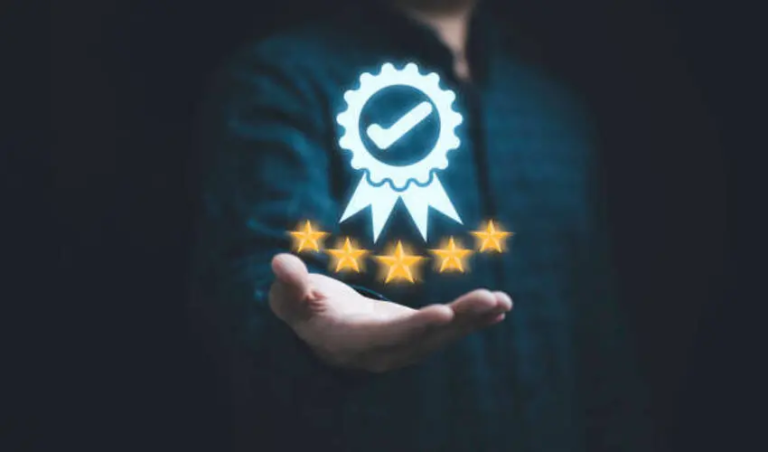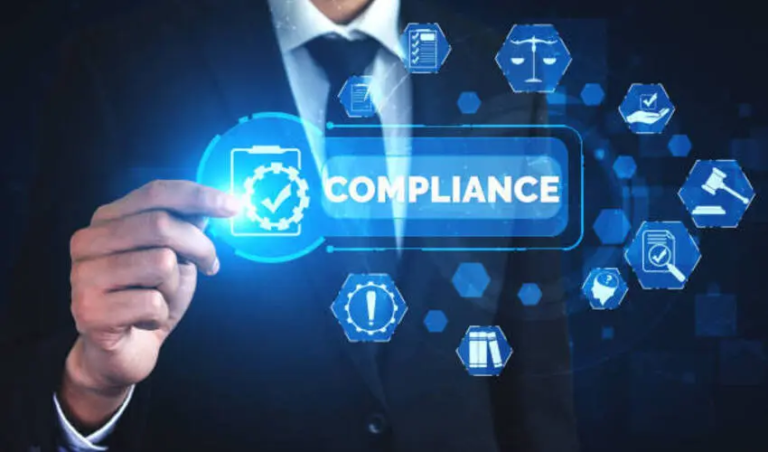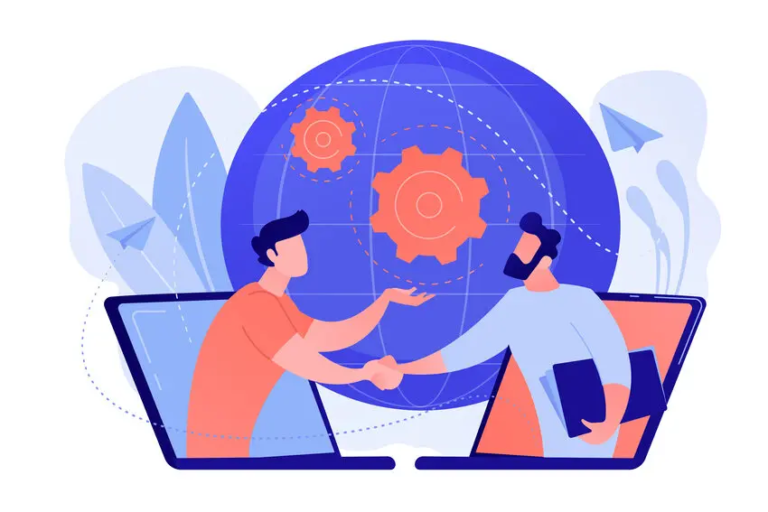In today’s digital-first business environment, organizations across industries are under pressure to demonstrate their commitment to security, privacy, and trust. One of the most widely recognized frameworks for achieving this is SOC 2 (Service Organization Control 2). For businesses that handle customer data—such as SaaS providers, healthcare platforms, or financial service companies—SOC 2 certification is often not just a recommendation but a requirement.
However, many companies face a significant challenge: the SOC 2 compliance cost. Achieving SOC 2 certification can be expensive, particularly for small to medium-sized businesses, but reducing costs does not have to mean cutting corners on security. With the right strategy, organizations can achieve compliance efficiently, minimize unnecessary expenses, and maintain strong security practices that build client confidence.
This article explores the major cost drivers of SOC 2, strategies to reduce compliance costs, and how businesses can ensure they don’t compromise on security in the process.
Understanding SOC 2 and Its Importance
SOC 2 compliance is based on the Trust Services Criteria (TSC) developed by the American Institute of Certified Public Accountants (AICPA). These criteria focus on five key areas:
- Security – Protecting systems and data from unauthorized access.
- Availability – Ensuring systems are reliable and accessible when needed.
- Processing Integrity – Guaranteeing accurate, complete, and timely processing of data.
- Confidentiality – Protecting sensitive business and customer information.
- Privacy – Safeguarding personal data according to regulatory and contractual obligations.
For many businesses, SOC 2 certification is a market differentiator. Customers, investors, and partners increasingly expect vendors to meet these standards. However, the SOC 2 compliance cost can be a barrier for smaller organizations. Understanding how costs arise is the first step to managing them effectively.
What Drives SOC 2 Compliance Cost?
Several factors contribute to the overall cost of achieving SOC 2 compliance:
1. Scope of the Audit
The broader your audit scope, the higher the costs. For example, a SOC 2 Type I audit (a snapshot of controls at a point in time) is typically less expensive than a SOC 2 Type II audit (which tests controls over a 3–12 month period).
2. Gap Assessment and Readiness
Most companies need a gap assessment to identify weaknesses before undergoing an audit. Hiring consultants or purchasing readiness tools can add to costs.
3. Remediation Expenses
Fixing gaps in policies, infrastructure, or processes can lead to unexpected costs—such as investing in new tools, upgrading security systems, or hiring additional staff.
4. Audit Firm Fees
Engaging a reputable CPA firm to conduct the official audit can range from $20,000 to $80,000+ depending on complexity, size, and type of audit.
5. Technology and Monitoring Tools
Continuous monitoring tools, vulnerability scanning software, and log management systems may be required to demonstrate compliance.
6. Internal Resource Allocation
Even without direct expenses, the time your team spends on documentation, evidence collection, and process improvements adds to the overall cost.
Strategies to Reduce SOC 2 Compliance Cost
Reducing expenses without compromising security requires smart planning and execution. Below are proven strategies to control costs while still achieving compliance.
1. Start with a Narrow Scope
Focus only on the systems and processes that directly impact customer data. Expanding the scope unnecessarily increases audit complexity and costs. You can always expand your scope in future audits once you establish a baseline.
2. Choose the Right Type of Audit First
For first-time compliance, consider starting with a SOC 2 Type I audit before moving to a Type II. This allows you to spread costs over time while still demonstrating commitment to security.
3. Leverage Automation Tools
Investing in compliance automation platforms can save significant costs in the long term. These tools streamline evidence collection, policy management, and monitoring, reducing reliance on manual processes and consultants.
4. Use Internal Resources Effectively
Instead of hiring external consultants for every task, train and empower internal teams to manage parts of the compliance process. Building in-house expertise not only reduces costs but also strengthens your security culture.
5. Adopt Shared Responsibility with Vendors
Leverage third-party vendors (such as cloud providers) that are already SOC 2 certified. This reduces your compliance burden since some controls are already covered under their certification.
6. Implement Incremental Security Improvements
Instead of a large, costly overhaul, make gradual improvements in your security controls. Adopt policies and technologies that align with both security needs and budgetary constraints.
7. Plan Ahead and Avoid Last-Minute Fixes
Rushed compliance efforts usually lead to higher costs. Start early, conduct readiness assessments in advance, and address issues gradually to avoid emergency spending before audits.
8. Bundle Compliance with Other Frameworks
If your business also needs ISO 27001, HIPAA, or GDPR compliance, look for overlapping requirements. Bundling efforts saves costs compared to pursuing each certification independently.
Why Cost Reduction Should Not Compromise Security
While saving money is important, organizations should avoid shortcuts that weaken security. Cutting corners on SOC 2 compliance may result in:
- Failed audits requiring expensive rework.
- Reputation damage from failing to demonstrate data security.
- Higher long-term costs from data breaches or regulatory fines.
The goal is not just passing the audit but building a strong, sustainable security program that supports business growth and client trust.
Long-Term Benefits of Smart Compliance Investment
Investing in SOC 2 compliance delivers far more than just a certificate. Businesses benefit from:
- Customer Trust and Loyalty – Clients prefer vendors who can demonstrate robust security.
- Competitive Advantage – SOC 2 certification can help close deals faster.
- Reduced Risk of Breaches – Compliance improves resilience against cyber threats.
- Operational Efficiency – Streamlined processes reduce duplication and waste.
- Investor Confidence – SOC 2 demonstrates commitment to governance and risk management.
While the SOC 2 compliance cost can feel high initially, the return on investment is significant when approached strategically.
Conclusion
SOC 2 certification is essential for businesses handling sensitive customer data, but the associated expenses can be daunting. By narrowing scope, using automation, leveraging existing vendor certifications, and building in-house expertise, companies can significantly reduce SOC 2 compliance cost while maintaining strong security standards.
Ultimately, achieving compliance is not just about passing an audit—it’s about embedding a culture of trust and security that benefits both the business and its customers. The most cost-effective strategy is one that balances efficiency with long-term protection.
FAQs
1. What is the average SOC 2 compliance cost?
On average, costs range between $20,000 and $80,000 depending on audit type, scope, and company size.
2. Can small businesses afford SOC 2 compliance?
Yes. By starting with a Type I audit, narrowing scope, and using automation tools, small businesses can manage costs effectively.
3. How long does it take to become SOC 2 compliant?
Timelines vary from 6 months to over a year depending on readiness, resources, and whether it’s a Type I or Type II audit.
4. Does SOC 2 compliance guarantee security?
No. It demonstrates adherence to best practices but ongoing monitoring, training, and improvements are required to maintain strong security.
5. Can automation reduce SOC 2 compliance cost?
Yes. Automation platforms help streamline documentation, evidence collection, and monitoring—cutting down manual work and consultant fees.






